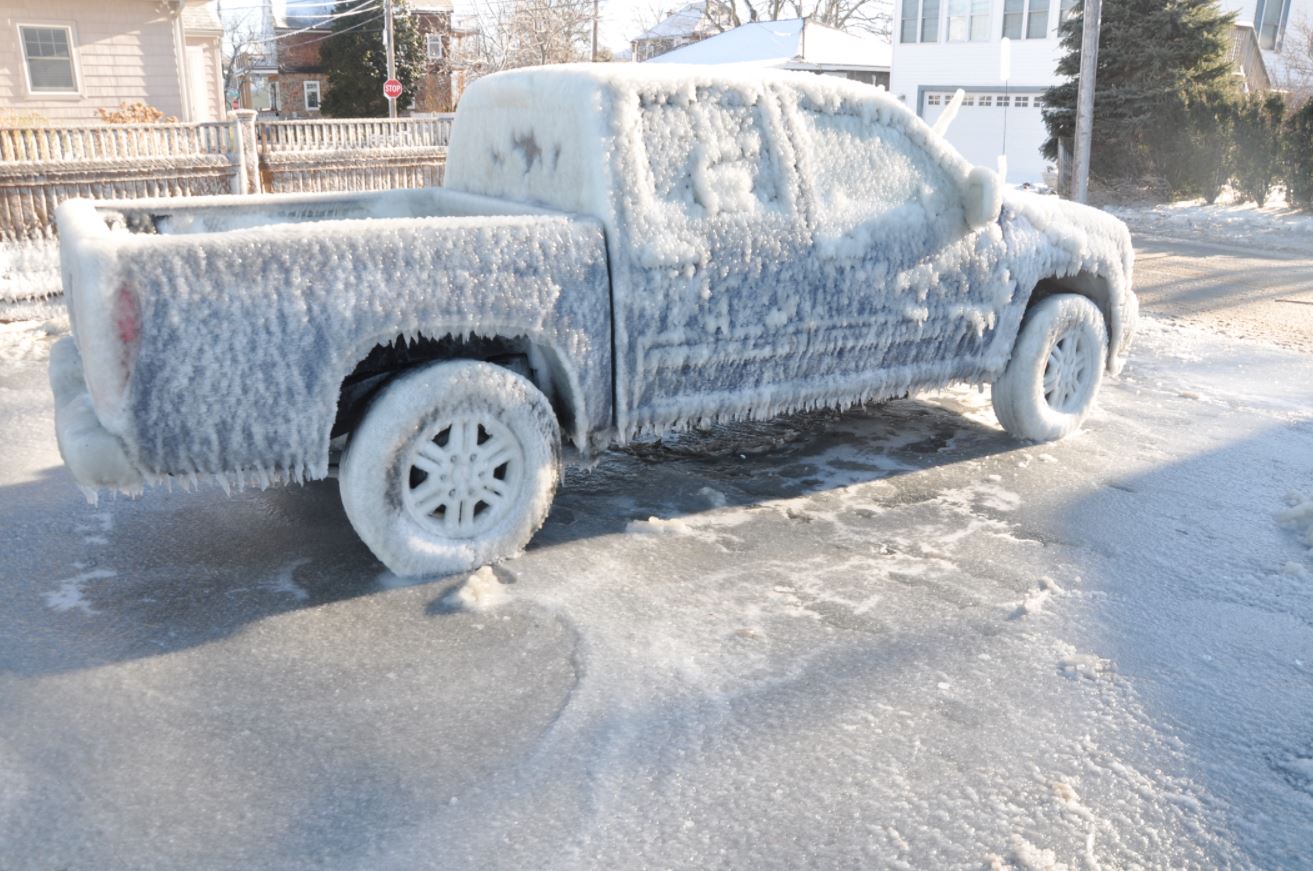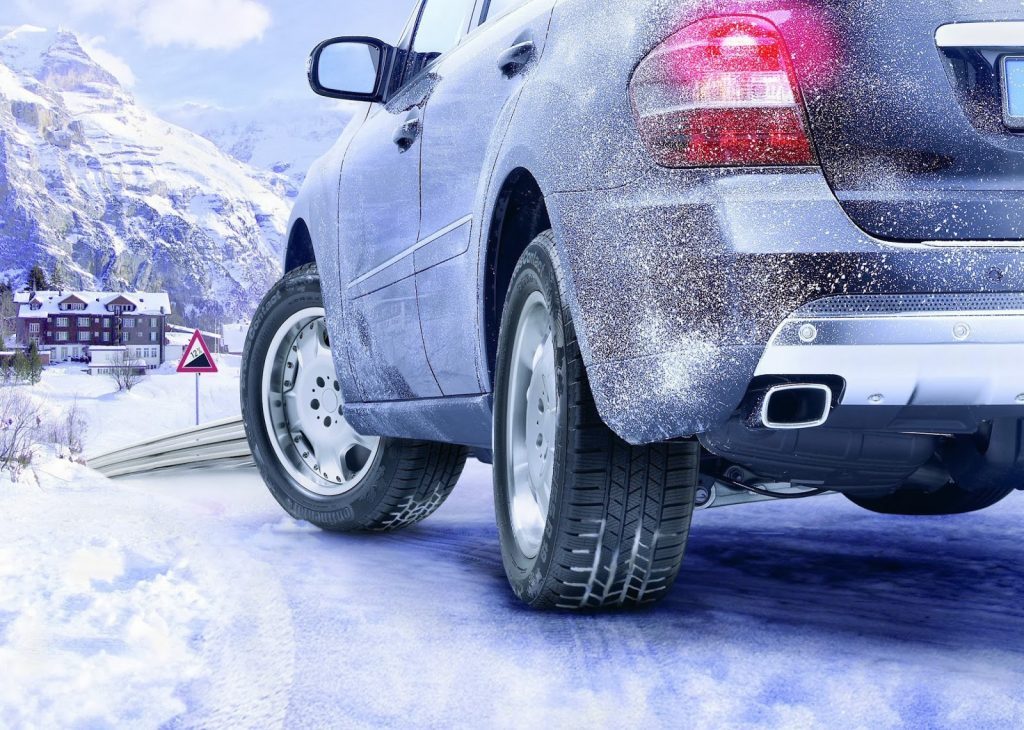Everyone knows that winter is one of the most dangerous times to drive. Snow, ice, and frost pose significant threats to drivers and their passengers. How do you know whether your car can handle the slippery roads this winter? Learn how to properly maintain your vehicle to keep yourself and others safe while driving throughout winter.
Consider investing in winter wipers
Winter wipers are made of firmer material than regular car wipers, which means they’ll be less susceptible to breaking when ice scrapes against them or if your windshield freezes over—something that’s bound to happen during the winter months. Investing in winter wipers is also a good idea because they’re made to withstand snow and ice buildup, unlike their regular counterparts.
Get your car waxed if road salt is used to melt snow and ice in your area
Waxing will protect your vehicle from corrosion that results from the salt, making it rustless despite being left out in harsh weather conditions. Also, waxing will make removing ice and snow a lot easier.
Get your car washed frequently
Salt and slush from the road can do a lot of damage to your vehicle if it’s left on for long periods. Keeping your car clean will help you notice potential problems before they become significant issues.
Invest in a good set of winter floor mats
They’ll help prevent dirt and salt from seeping into your carpeting, which will decrease the chances that you’ll need to get your car detailed during the winter months.
Have your drive belt and pulleys inspected by a mechanic
Your drive belt is a vital part of your engine that keeps it going while you’re driving, and if it’s not in good condition, it can decrease your engine’s lifespan. You can have this checked when you bring in your Subaru model for regular Subaru car maintenance. Doing so will ensure you don’t need to make a costly repair in the middle of winter when you’ll be more pressed for time.
Get your oil changed regularly
Again, cold weather will drain a car’s oil much more quickly than warm weather. It’s also important to ensure that the oil you are putting in is winter-weight oil. The weight of an engine oil refers to its thickness, and thicker oils are needed for colder temperatures. If you’re not sure what weight your engine oil is, check the owner’s manual; winter-weight oils usually have either a “W” after their grade designation (e.g., 10W-40) or an “X” (e.g., 5X30).

Check your antifreeze levels monthly
The fluid should stand up straight when you’re checking it in the engine bay. If not, you’ll need to top it off.
Check your headlights and other outside lights for damage or corrosion
It’s crucial to have good working lighting to drive safely during the winter months, especially when it’s snowing or raining. If you notice that any of your lights aren’t functioning properly, consider investing in a new set for your car.
Make sure your car’s battery terminals are clean and free of corrosion
Corrosion decreases the amount of charge that reaches your battery, which can cause it to die out faster than usual during cold weather. If you notice that there’s a lot of corrosion, consider taking it to a mechanic to have the terminals cleaned or replaced.
Install battery guards on your battery
They’ll help prevent power from leaking out and decreasing the performance of your engine. To help maintain battery life, consider investing in an accessory battery charger. These chargers will help your battery retain power in between periods of use and can even double the life of your battery.
Consider investing in winter tires
Having good tires is essential for safe driving during winter. Investing in winter tires means that you’ll have safer, more reliable traction on the road. This can decrease your chances of being involved in accidents due to slippery roads or sudden stops. If you live in an area with frigid winters and lots of snow, it’s worth getting all-season tires if your tires are relatively new. If you have an older car or your tires aren’t in excellent condition, winter tires will be a good investment.
Check the tread on your tires
Ensure there’s enough to avoid a flat tire if you hit a patch of ice or snow. However, it shouldn’t be too much that it decreases fuel efficiency and traction on dry roads.
Put a gas additive in your tank
If you live in an area where salt is frequently used to melt snow and ice on roads or if the temperature will be below zero degrees Fahrenheit for more than a couple of days. This additive will keep the fuel line from getting clogged up by ice, which can cause your car to stall unexpectedly or not start at all.
If possible, keep your gas tank half full during cold weather. This will help prevent ice from forming in your fuel line and clogging it up.
If you’re worried about the safety of your car over winter, don’t be. Properly maintaining your vehicle is easy and can help keep everyone safe on the road.

